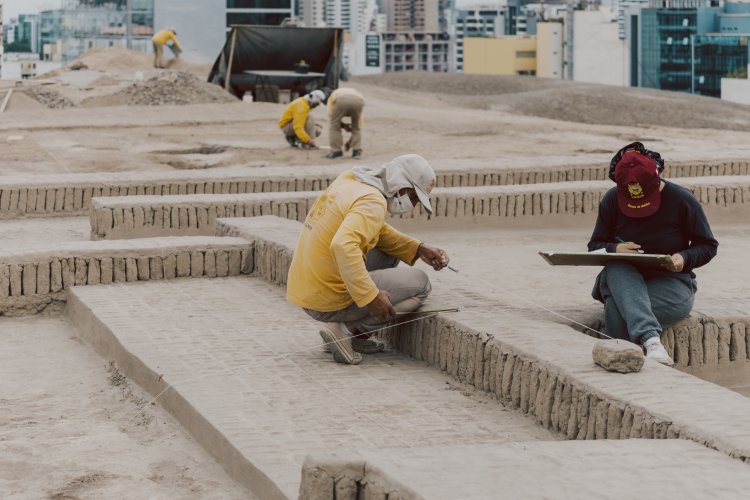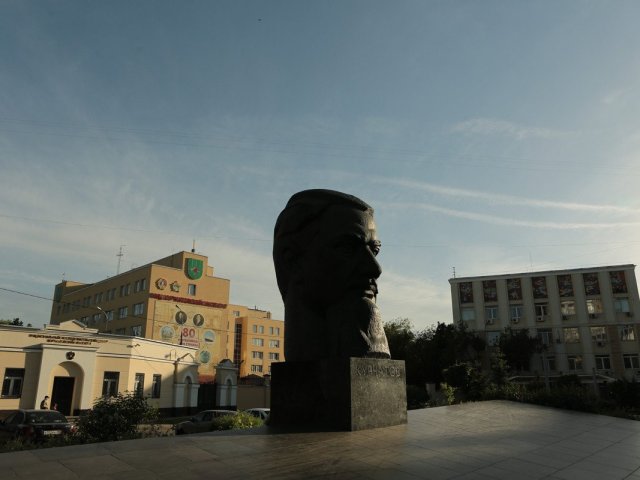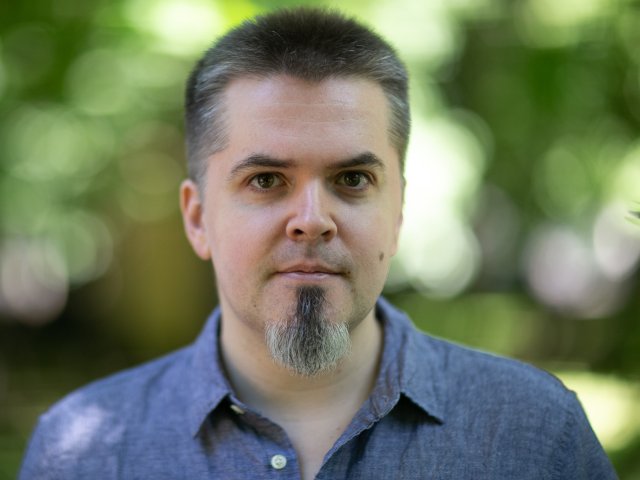“Some 70 years ago, even before the war, the excavations in Novgorod were underway. The archeologists felt like celebrating, so they came to the head of the expedition, Artsikhovsky, and said: ‘Today is a big holiday, we should celebrate.’ ‘And what is that?’ ‘Well, it’s the birthday of Bucephalus, the horse of Alexander the Great!’ So, they celebrated as they should. Then the reason was forgotten, and Bucephalus's birthday became the Day of Archaeologist,” said in one of his interviews academician of the Russian Academy of Sciences Valentin Yanin.
There are many legends and fables about this issue in professional circles. It seems that even archaeologists themselves do not know why their holiday is held on this day. However, there is one more or less official version. Tatiana Sergeevna Passek, a Soviet archaeologist, a leading expert on the Neolithic, Eneolithic, and Bronze Age of Southeastern Europe, was born on August 15.
Tatiana Sergeevna was born in St. Petersburg in a very artistic, educated, and cultured family. Her father, Sergey Vladimirovich Passek, was an official of the Ministry of Finance. Her mother was Vera Sergeevna Choglokova, a playwright. Her grandmother Aleksandra Nikolaevna Peshkov-Taliverova was a famous children's writer. Tatiana graduated from the Faculty of Social Sciences at Leningrad University in the Department of Archaeology and History of Art, followed by postgraduate studies. The object of her scientific interest was the Trypillian culture, which was popular at the time, but caused intense debates.
After her postgraduate studies, Tatiana Passek continued her scientific activity in Leningrad; in 1932 she moved to Moscow, where she became a member of the State Institute of Archaeology, now known as the Institute of Archaeology of the Russian Academy of Sciences. The archaeologist participated in landmark expeditions and excavations dedicated to the monuments of the Eneolithic and Bronze Age in the Caucasus and Transcaucasia. She led the famous Trypillia expedition on the territory of the Ukrainian SSR, which lasted five years. The settlement excavation area covered about 3 hectares.
Scientists used a new field technique to excavate large areas and found an incredible amount of historical material. They found and examined 24 dwellings located in the settlement according to a certain principle: 21 in a circle, three in the center. They discovered foundations, remaining transverse partitions, and even old stoves. These findings confirmed the scientists' assumptions about the structure of the Trypillian dwelling and gave an opportunity to reconstruct it entirely. The ceramic objects, which were studied in depth by Tatiana Passek, became unique findings. They dug up a rounded vessel with ear-handles and intaglio ornaments, as well as a pot, filled with animal bones and shells in accordance with an ancient custom.
Tatiana Sergeevna Passek wrote a number of publications about the ancient Trypillian culture and features of the Trypillian dwelling. She was awarded the Order of Lenin, the Order of the Red Banner of Labor, medals for participation in the Great Patriotic War and the Stalin Prize of the second degree. Many famous archeologists “came out” of this expedition.
Over time, August 15th has become an unofficial professional holiday among archaeologists in Russia, Belarus, and Kazakhstan. Archeologist initiation rites are frequently held on this day. Everyone has their own rules often depending on the expedition in which students and young scientists participate. For example, if initiation takes place on excavation, the novice archeologists should kneel before the found artifact, take a light blow by a shovel on their back, and have a sip of champagne from a can sent round. However, these rituals and customs are different for everyone, as the circumstances may vary, and the expedition participants’ imagination is not restricted by anyone.
Despite the cheerful approach to celebration and a certain romantic aura around the profession, archaeologists have a difficult and important job to do. They reconstruct the distant past from fragments, shards, and sometimes even crumbs of our ancestors' civilization that have barely survived until now.
The article is based on open sources
Фото на странице и на главной странице сайта: Emmanuel Cassar / Фотобанк Unsplash






















